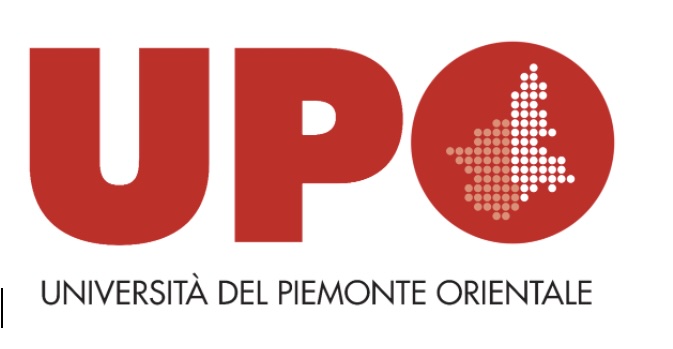Supergravity 2025
Turin

Supergravity 2025 is the 6th edition in a series of workshops held biannually since 2015, where experts in supergravity and superstring theories gather to present their latest results and foster scientific collaboration.
For information on the previous editions:
Supergravity 2023, Supergravity 2022, Supergravity 2019, Supergravity 2017, Supergravity 2015
The main topics covered in the present edition will include the gauge/gravity holographic correspondence and supergravity solutions to superstring and M-theory dynamics.
The present edition of the meeting will include extra talks by some of the main contributors to the construction of the theory, to celebrate the incoming 50th birthday of supergravity.
Invited Speakers
Nicolay Bobev (KU Leuven)
Gianguido Dall’Agata (University of Padua)
Pietro Fré (Turin Univ.)
Jerome Gauntlett (Imperial College London)
Adolfo Guarino (University of Oviedo)
Olaf Hohm (Humboldt University of Berlin)
Chris Hull (Imperial College London)
Bernard Julia (École Normale Supérieure)
Yolanda Lozano (University of Oviedo)
Carlos Nunez (Swansea University)
Jan Rosseel (Ruđer Bošković Institute)
Augusto Sagnotti (Scuola Normale Superiore di Pisa)
Henning Samtleben (ENS de Lyon)
Chiara Toldo (Harvard University)
Alessandro Tomasiello (University of Milano-Bicocca)
Stefan Vandoren (Utrecht University)
Antoine Van Proeyen (KU Leuven)
THE REGISTRATION DEADLINE WAS July 31st, 2025.
Organizers
Laura Andrianopoli, Carlo Angelantonj, Leonardo Castellani, Anna Ceresole, Pietro Antonio Grassi, Ruggero Noris, Domenico Orlando, Lucrezia Ravera, Mario Trigiante


